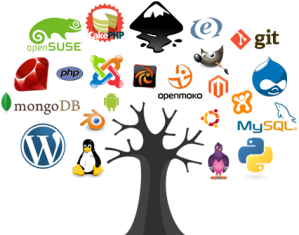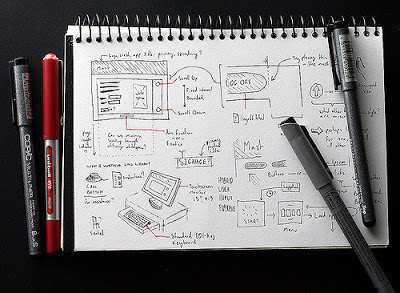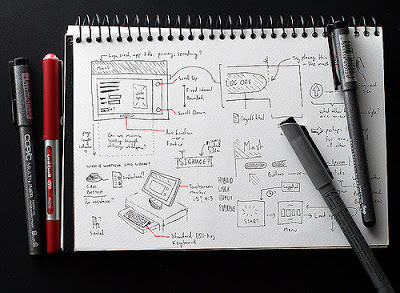Every single software developer talks about Open Source Software. They say, I love Open Source, Have you changed that program?, I’m installing Linux! But what the hell is Open Source?! Sometimes things are hard to explain and life is better with LEGOs, so here is an explanation of what open source is…
 It was not that hard. Actually Open Source is really easy to explain. Open source software is software with source code that anyone can inspect, modify, and enhance. The source part is something that only programmers see and use to improve that program by adding features to it or fixing parts that don’t always work correctly.
It was not that hard. Actually Open Source is really easy to explain. Open source software is software with source code that anyone can inspect, modify, and enhance. The source part is something that only programmers see and use to improve that program by adding features to it or fixing parts that don’t always work correctly.
But with a great project comes a great responsibility. Open source is not just about improving; someone has to promote and protect all that hard job. And here is where the Open Source Initiative gets in.
 Their job is to protect and promote the work of developers. They also prevent the abuse of the ideals and ethos inherent to the open source movement.
Their job is to protect and promote the work of developers. They also prevent the abuse of the ideals and ethos inherent to the open source movement.
Open source doesn’t just mean access to the source code. The distribution terms of open-source software must comply with some criteria. The Open Source Definition is that criteria.

There are a lot of Open Source programs that we see daily, and maybe we should get a chance to try them, and see whats the difference. And just maybe we will transform in those Open Source freaks. No one knows.
Bloggers that blogged in this blogpost:
Miguel Cabral
Victor Najar
Carlos Pedraza
Juan Pablo Ramirez
Sources:
https://opensource.com/resources/what-open-source




 And most important, they all have the same weight while taking decisions. There are no biased decisions in this topic. They all weigh the same because each one impacts the others in a certain way. For example, if the system is more complex, we might need the final user interface to be even more friendly due to the business requirements.
And most important, they all have the same weight while taking decisions. There are no biased decisions in this topic. They all weigh the same because each one impacts the others in a certain way. For example, if the system is more complex, we might need the final user interface to be even more friendly due to the business requirements.







